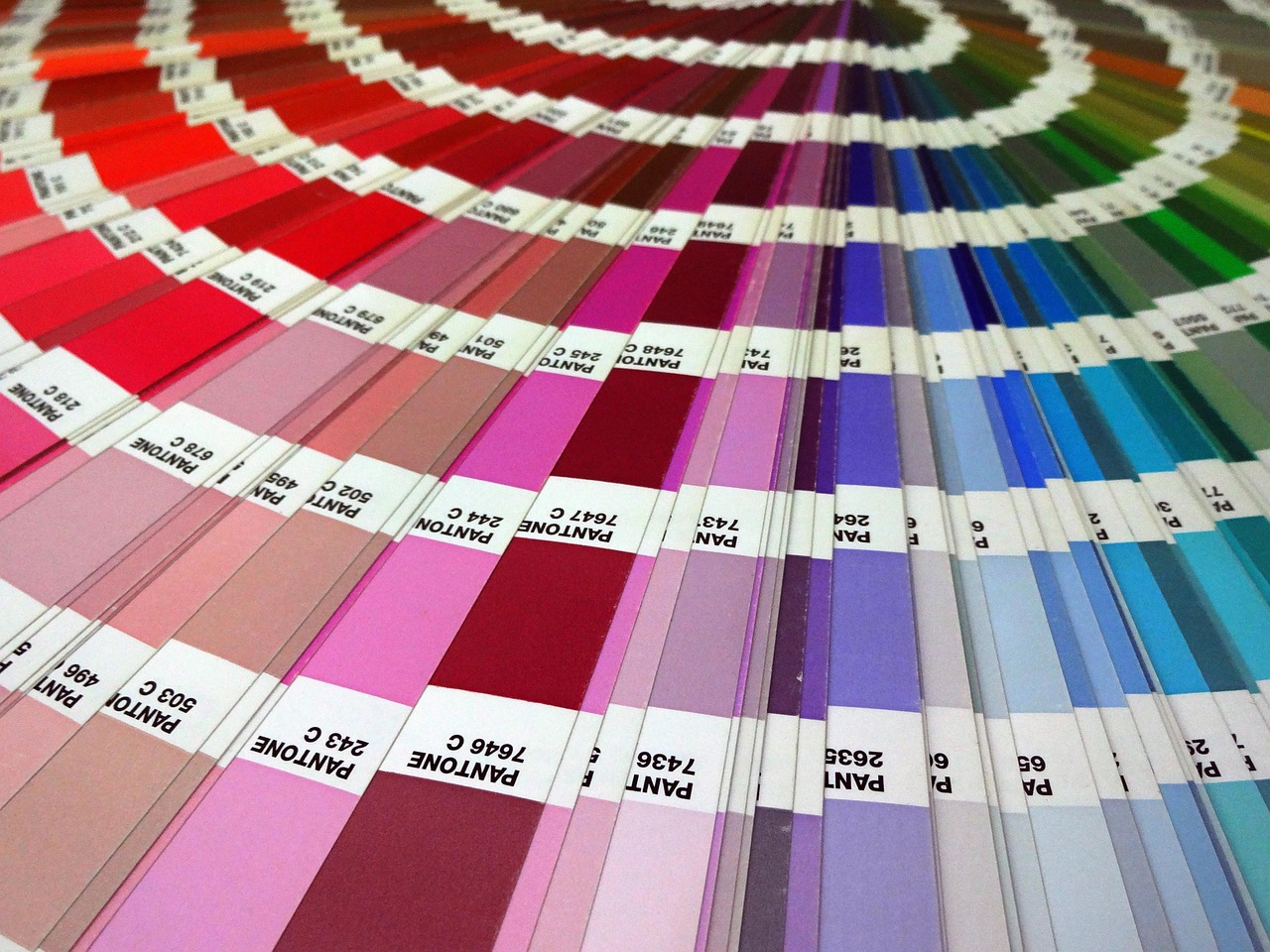In the dynamic landscape of furniture and packaging manufacturing, the choice of coating can significantly impact both aesthetic appeal and product performance. With a plethora of options available, it’s crucial for production managers and procurement heads to understand the key differences between solid color coating and specialty coatings. At Prime Colors, Ahmedabad, we specialize in providing tailored coating solutions that meet the specific needs of our clients, ensuring that every project achieves its desired impact.
Solid color coating is a straightforward yet effective method for achieving uniform color finishes across various surfaces. It employs advanced pigment dispersion technology, allowing for precise color matching and consistency across production runs. This method is particularly beneficial for applications demanding high durability and resistance to environmental factors. In contrast, specialty coatings encompass a wide range of advanced formulations, including metallic, sparkle, and textured finishes. These coatings not only enhance visual appeal but also provide functional benefits such as UV resistance and improved surface hardness, making them suitable for high-end furniture and premium packaging.
"Investing in high-quality coatings can enhance product lifespan and marketability, providing a clear return on investment for manufacturers." - Prime Colors Technical Team
The applications of solid color and specialty coatings are vast and varied. For instance, solid color coatings are ideal for decorative panels and furniture surfaces where color consistency is paramount. On the other hand, specialty coatings can elevate the aesthetic of architectural elements and luxury packaging, providing manufacturers with a competitive edge in the market.
What Advantages Do Specialty Coatings Offer Over Traditional Solid Color Coatings?
Specialty coatings often incorporate advanced materials and technology, resulting in significant performance enhancements. For example, specialty coatings can offer better resistance to scratches and chemicals, ensuring that products maintain their visual appeal even in demanding environments. A case study involving a high-end furniture manufacturer revealed that switching from traditional solid color coatings to specialty metallic coatings resulted in a 40% increase in customer satisfaction and a 30% reduction in returns due to surface damage.
- Enhanced Aesthetics: Specialty coatings provide unique visual effects, such as metallic finishes or textures that enhance design appeal.
- Improved Durability: Many specialty coatings exhibit superior resistance to wear, UV radiation, and chemicals, extending the product's life cycle.
- Customization Options: Specialty coatings can be tailored to meet specific design requirements, allowing for greater flexibility in product offerings.
- Market Differentiation: Utilizing specialty coatings allows manufacturers to stand out in a competitive market with visually striking products.
- Technical Performance: Advanced formulations can improve adhesion and overall surface quality, facilitating better end-use performance.
In conclusion, both solid color and specialty coatings have their unique advantages, and the choice largely depends on the specific requirements of your project. Investing in high-quality surface finishes not only enhances product appeal but also drives customer satisfaction and loyalty. For manufacturers aiming to elevate their offerings, exploring specialty coatings may provide the necessary edge in today’s competitive marketplace. Request a Technical Consultation with our experts at Prime Colors to discover the most suitable coating solutions for your needs, or Download Our Spec Sheet for detailed information on our services.
